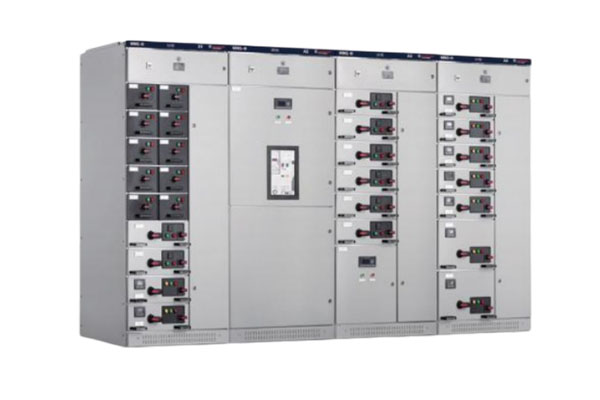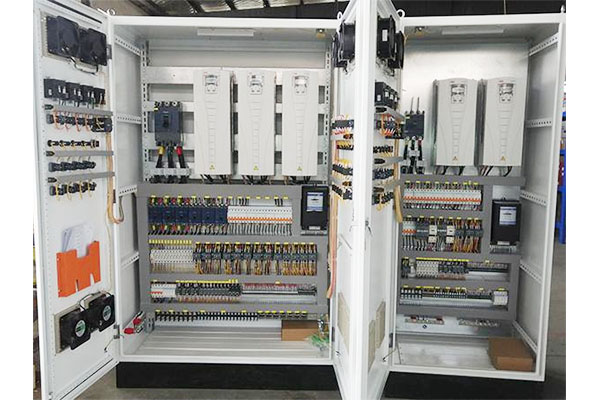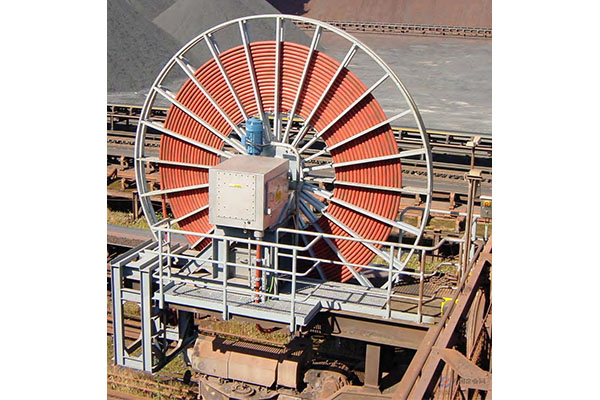How is the reel speed controlled?
Release Time : 2025-07-14
The essence of cable reel reel speed control is to ensure that the cable maintains a stable tension during the reeling process to avoid damage to the cable due to excessive speed or too slow speed. This process requires the combination of drive device, brake system and corresponding control logic to form a dynamic adjustment mechanism. When the equipment drives the cable to move, the reel needs to adjust its reeling speed in real time according to the running speed of the equipment to ensure that the cable is always in a suitable tension state.
The drive device plays a core role in speed control. Common drive methods include motor drive and hydraulic drive. The motor drive controls the reeling speed by adjusting the motor speed, and the motor speed can be accurately adjusted by frequency conversion technology. When the equipment running speed changes, the control system will receive the corresponding signal, and then change the motor frequency, so that the motor speed changes accordingly, so as to achieve real-time matching of the reel speed. Hydraulic drive relies on the coordinated work of hydraulic pump and hydraulic motor to adjust the motor speed by changing the flow and pressure of hydraulic oil to achieve the purpose of controlling the reel speed.
The brake system is an indispensable part of speed control, especially during the cable release process. When the equipment stops running or needs to slow down, the braking system will take effect in time to prevent the reel from continuing to rotate due to inertia, causing the cable to loosen or release excessively. The sensitivity and braking force of the braking device need to be adjusted according to the cable specifications and operating conditions to ensure that a stable and reliable braking effect can be provided under any circumstances.
The feedback mechanism provides an accurate basis for speed control. Through sensors installed on the reel or equipment, such as encoders, speed sensors, etc., parameters such as the reel speed, cable tension, and equipment running speed can be monitored in real time. After these parameters are transmitted to the control system, the system will compare the actual value with the preset ideal value, issue corresponding control instructions according to the deviation size, adjust the working state of the drive device or brake system, thereby realizing closed-loop control and ensuring the stability of the retracting and releasing speed.
Different application scenarios have different requirements for speed control, which also requires corresponding adjustments to the control method. In some occasions with high speed accuracy requirements, such as automated production lines, large lifting equipment, etc., more complex control systems are usually used, combined with PLC (programmable logic controller) or microprocessors to achieve precise control of the retracting and releasing speed. In some simple application scenarios, the mechanical transmission ratio may be designed to keep the reel retracting speed in a fixed proportional relationship with the operating speed of the equipment, thereby simplifying the control process.
Environmental factors will also have a certain impact on speed control and need to be considered in the control logic. For example, temperature changes may affect the viscosity of the hydraulic oil or the performance of the motor, resulting in changes in the output characteristics of the drive device. Humidity, dust and other factors may also affect the detection accuracy of the sensor or the reliability of the braking system. Therefore, when designing a speed control system, it is necessary to take corresponding protective measures and add a compensation mechanism for environmental factors to the control algorithm to ensure that the system can work stably under various environmental conditions.
In short, the control of the reel retracting speed is a comprehensive process involving drive, braking, feedback, control logic and environmental adaptation. Through the coordinated work of various parts, the retracting speed can be accurately controlled to ensure the safety and stability of the cable during the retracting process and meet the needs of different application scenarios. With the continuous development of technology, the speed control system is also moving towards higher precision, higher reliability and intelligence, providing more powerful support for the efficient operation of the cable reel.







